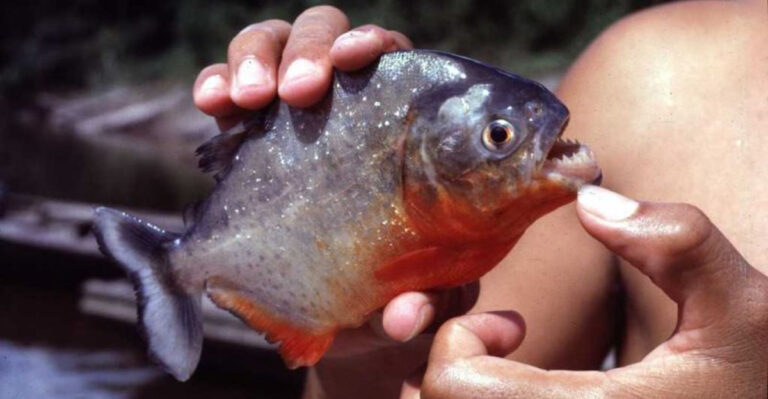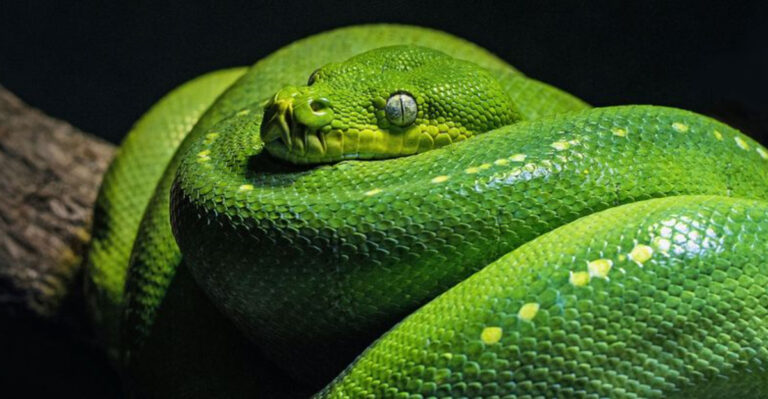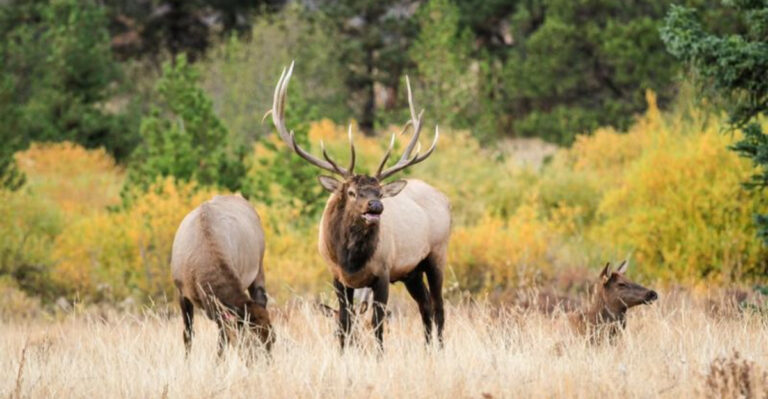13 Amazing Things You Didn’t Know About Mourning Doves
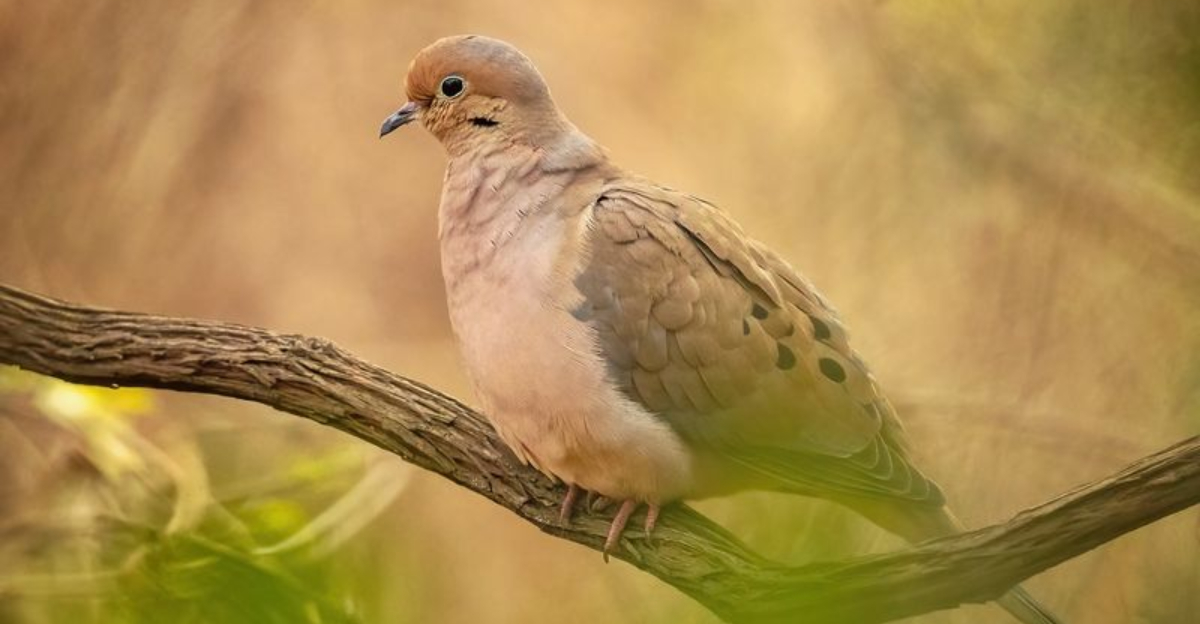
Mourning doves are sweet, soft-voiced charmers with a glide that’s pure poetry in motion. You’ll spot them just about everywhere, from backyard feeders to sunlit power lines.
Get ready to uncover some seriously cool secrets about these mellow little sky cruisers!
1. Unique Vocalization Patterns
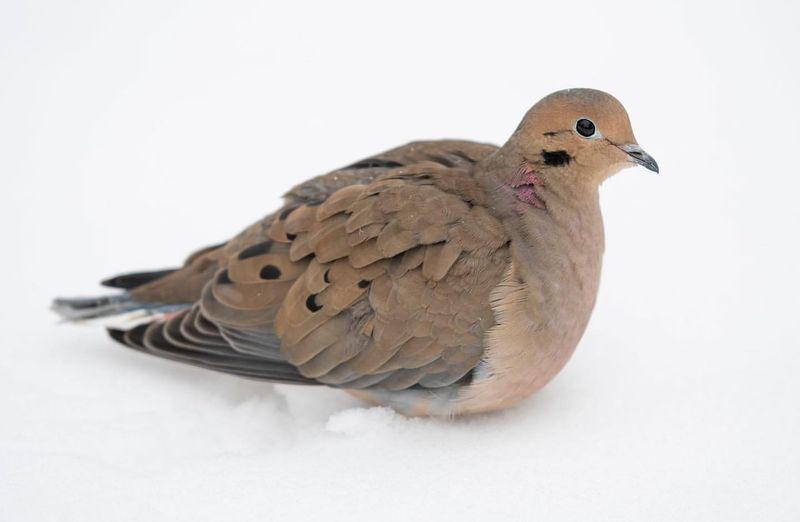
Mourning doves have a signature sound—a soft, soulful coo that feels like nature’s lullaby. It’s usually the fellas doing the cooing, trying to charm a mate or mark their turf.
The deep, owl-like tone is thanks to their inflated esophagus, which works like a natural sound system. Talk about built-in acoustics!
Ladies chime in too, with gentle responses that make their courtship feel like a whispered conversation.
And if they suddenly take flight, you’ll hear a sharp wing-whistle that acts like a built-in alarm.
2. Observing Mourning Doves In The Wild
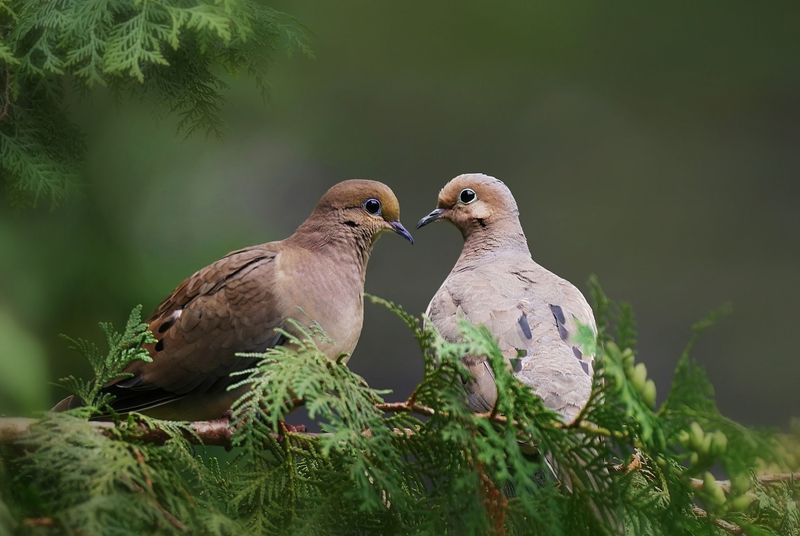
Watching mourning doves in the wild is like stepping into a peaceful nature scene—calm, quiet, and full of subtle beauty.
These gentle birds are everywhere from city parks to country fields, so spotting them is easy once you know their soft coo and smooth flight.
Pick a quiet spot with a clear view—gardens, parks, and open trails are perfect places to start. Early mornings and late afternoons are their favorite times to be out and about.
A pair of binoculars will help you catch every detail, from their delicate feathers to their sweet little head bobs.
3. Dove’s Unusual Feather Molting
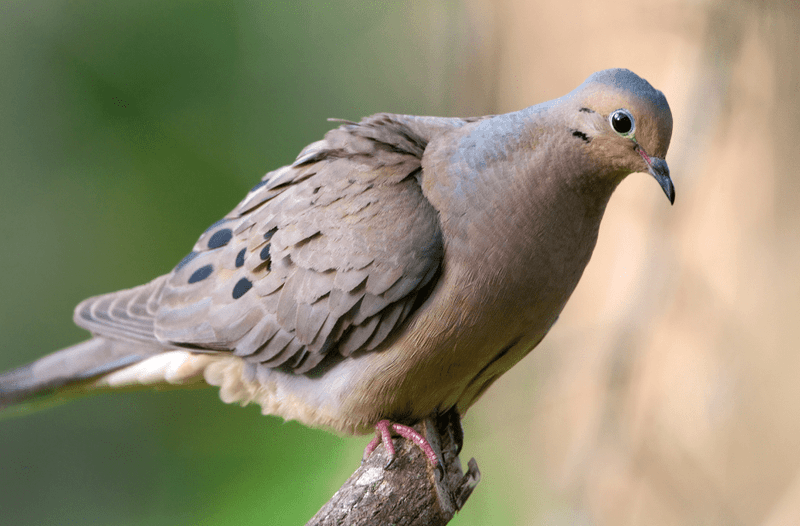
Mourning doves have a pretty quirky way of changing outfits—molting, that is!
Instead of losing all their feathers at once, they do it bit by bit, keeping things low-key and functional.
This slow and steady shed means they can still fly like pros, even when looking a little patchy.
Sure, they might look a bit scruffy mid-molt, but they carry on foraging like nothing’s changed.
It’s a smart survival move, helping them stay off a predator’s radar during this feathery transition.
4. Social Behaviors And Interactions
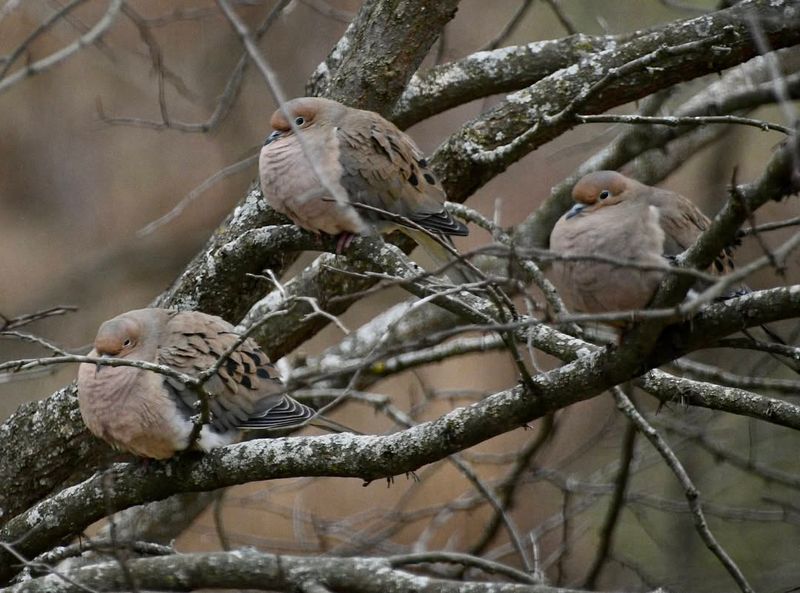
Mourning doves may seem quiet, but they’ve got a rich social life filled with coos, cuddles, and clever communication.
They’re often spotted in pairs or small groups, especially during breeding season when sweet courtship rituals—like cooing, bowing, and preening—take center stage.
Outside of romance, they flock together in bigger groups during migration or roosting, boosting safety and food-finding power.
They stay in sync through soft calls and subtle body language, keeping the peace and sticking together.
5. Conservation Status And Challenges
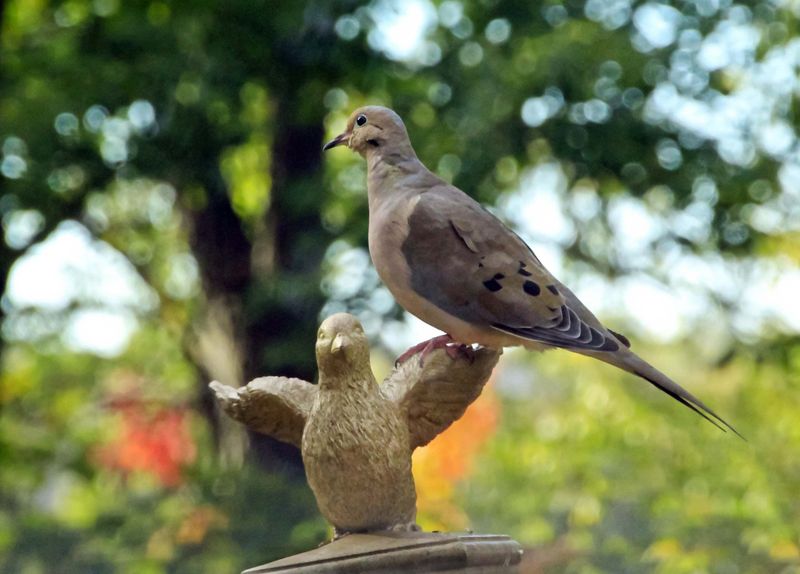
Mourning doves are one of North America’s most common birds, earning a “Least Concern” status from the IUCN—but that doesn’t mean they’re in the clear.
Habitat loss from expanding cities and farmland is shrinking their nesting and feeding spots.
They’re also one of the most hunted game birds, and while regulations exist, it still puts pressure on local populations.
Add in climate change, which messes with food sources and migration patterns, and you’ve got a few bumps in the road for these peaceful flyers.
6. Nesting And Reproduction
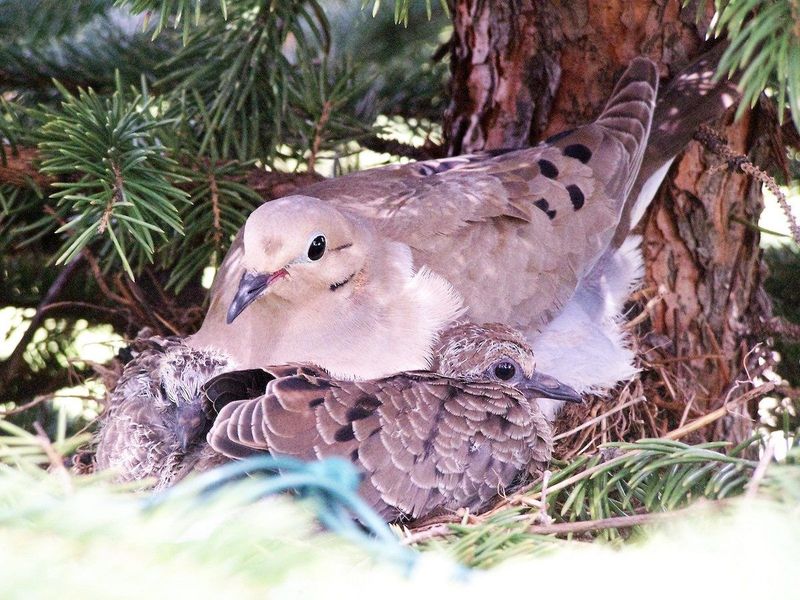
Mourning doves are the ultimate minimalists when it comes to home decor—think a few twigs, maybe some grass, and voilà, a nest!
You’ll find these cozy setups in trees, shrubs, or even on balconies and windowsills.
The female lays two eggs, and both parents take turns keeping them warm, showing off some seriously sweet teamwork.
Once the babies hatch, mom and dad feed them “crop milk”—a super-rich, nutrient-packed goo made just for growing chicks.
In just two weeks, the little ones are flapping out of the nest, though they still stick around for snacks.
7. Historical And Cultural Significance
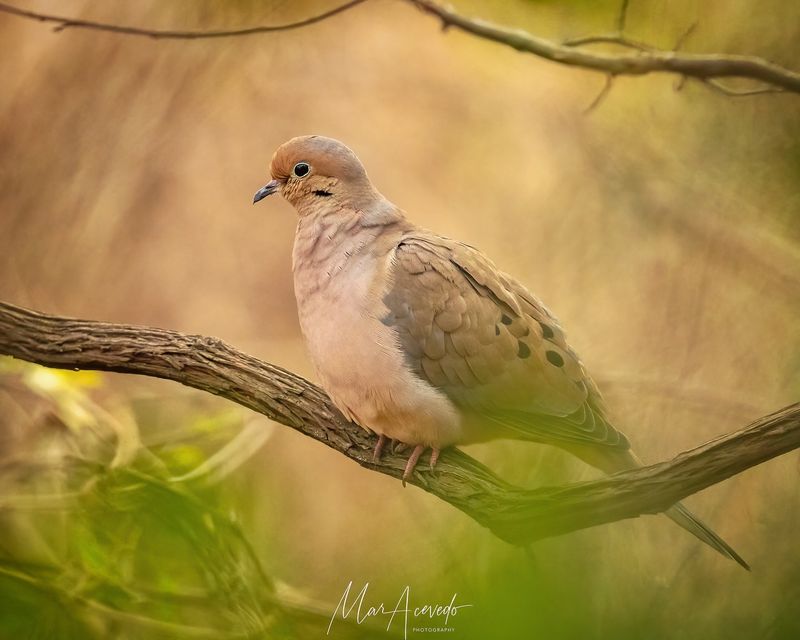
Mourning doves have long fluttered through art, stories, and symbolism as gentle icons of peace and love.
Their soft coos and calm presence bring a sense of serenity that cultures around the world have cherished.
In Native American traditions, they’re seen as messengers—spiritual guides bringing wisdom and harmony from the natural world.
Their role in rituals and ceremonies speaks to their deep connection with life’s rhythms and the land itself.
The name “mourning dove” comes from their wistful call, often tied to themes of loss, remembrance, and quiet reflection.
8. Feeding Habits And Diet
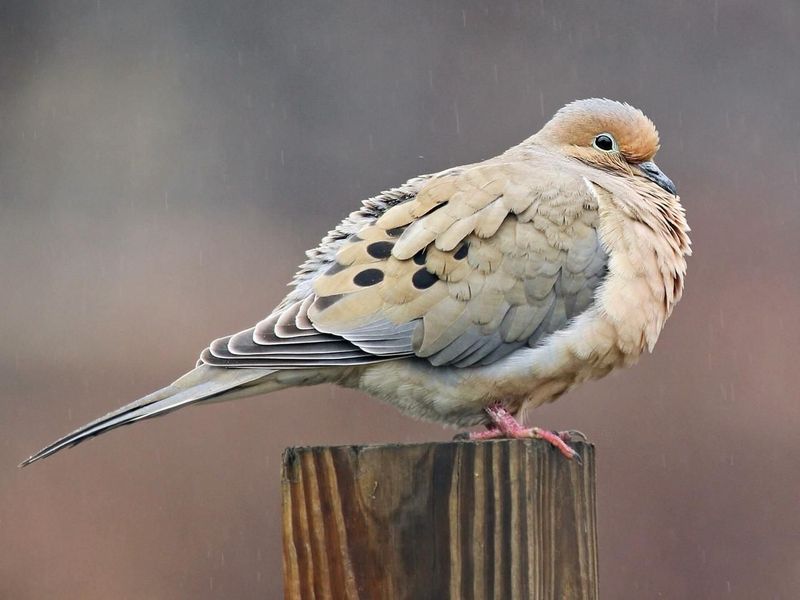
Mourning doves are serious seed lovers, munching on everything from millet to sunflower with impressive dedication.
You’ll usually find them pecking around on the ground, thanks to their sharp eyesight and nonstop snacking style.
They’ve got a clever trick called “gorging,” where they load up on seeds and stash them in a stretchy pouch called the crop.
Once full, they head to a cozy spot to digest in peace—like a feathery food coma!
They even swallow tiny bits of gravel or sand to help crush seeds in their gizzard.
9. Migration Patterns
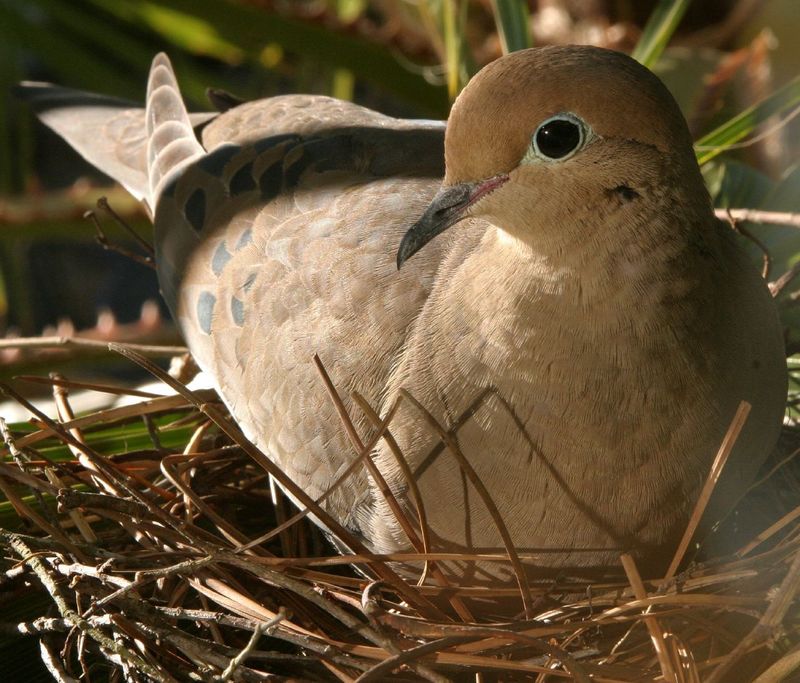
These doves like to keep things flexible—not all of them migrate!
Some head south for the winter, while others stay put depending on how chilly things get and what’s on the menu.
Northern doves are more likely to pack up and fly, chasing sunshine and snacks in warmer places.
When they do migrate, they cover serious ground, zipping through the skies with their sleek, pointed wings.
They usually travel in flocks, because who doesn’t love a road trip with friends (especially when safety’s involved)?
10. Love For Sunbathing
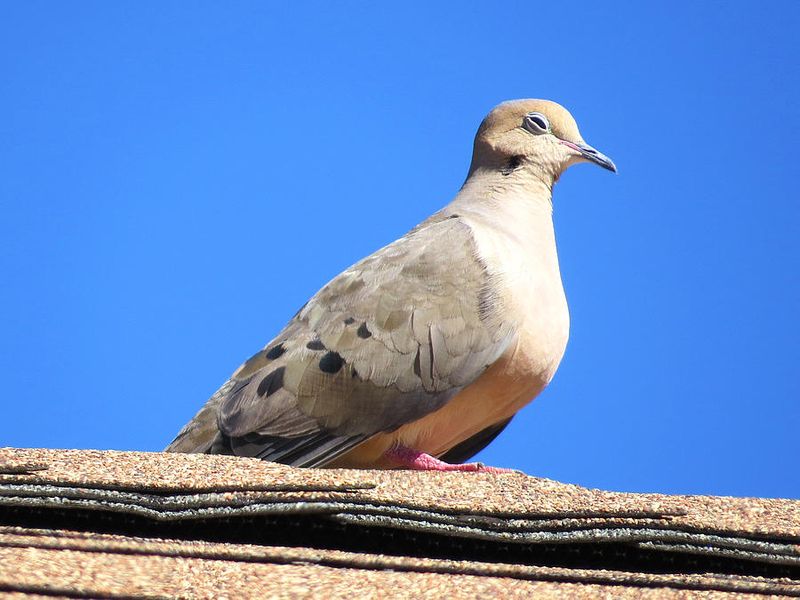
Mourning doves absolutely love a good sunbathing session—yes, just like us on a lazy afternoon!
You’ll often catch them sprawled out on the ground, wings slightly open, soaking in those golden rays.
But it’s not just for the feels—sunbathing actually helps keep their feathers in top shape by zapping pesky parasites.
While they’re sunning, they look totally blissed out, like they’ve hit peak birdy zen.
It’s such a peaceful sight that birdwatchers can’t resist snapping a few pics.
So, if you spot a dove lounging in the sun, enjoy the moment—it’s pure feathered relaxation!
11. Role In The Ecosystem
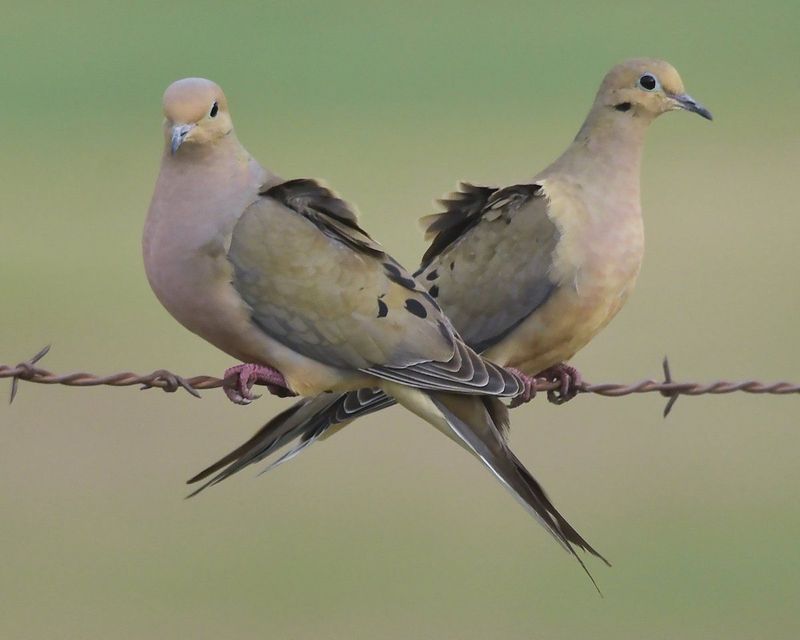
Mourning doves may look delicate, but they’re total MVPs in the ecosystem!
As they snack on seeds, they help scatter them around, giving new plants a shot at life and boosting biodiversity.
They also serve as an important food source for predators like hawks, falcons, and sneaky raccoons. It’s nature’s way of keeping the food chain in balance.
Even with all those threats, their fast-and-frequent nesting style keeps their numbers strong.
They’re like feathered health monitors too – changes in dove populations can hint at bigger shifts in the environment.
12. Distinctive Physical Features
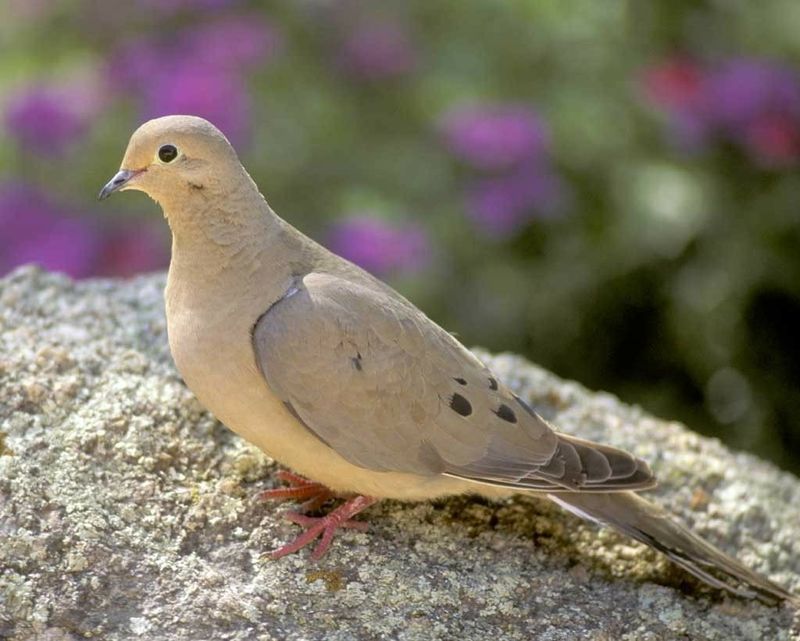
Mourning doves are sleek and graceful, with slender bodies, long tails, and tiny heads that give them a distinct, elegant look.
Their soft gray and brown feathers, plus those black wing spots and a hint of pink on the chest, help them blend right into their surroundings.
A little sparkle doesn’t hurt either—their necks have a subtle iridescent patch that glows in the sunlight.
Their short, sturdy bills are perfect for scooping up seeds, and those big dark eyes give them a sweet, soulful vibe.
13. Adaptations For Survival
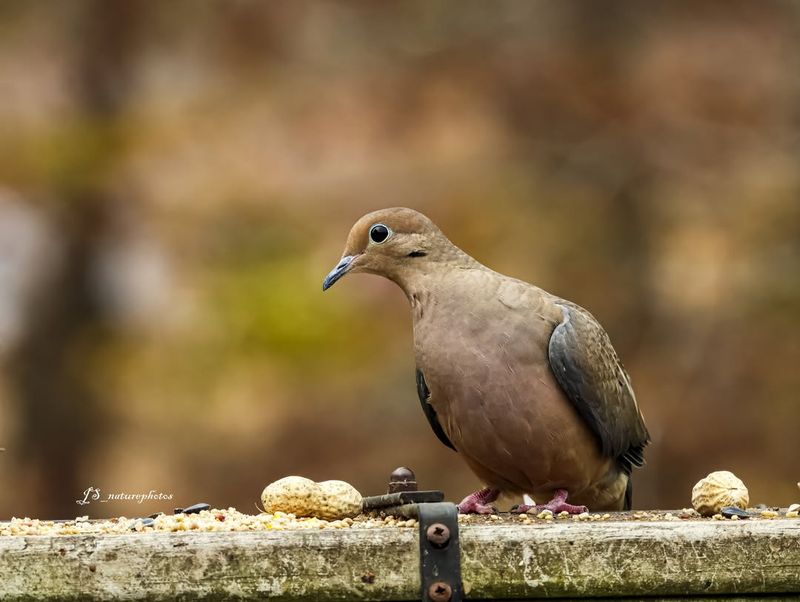
Mourning doves are built for survival, with sharp eyesight that lets them spot danger from afar—pretty handy when predators are lurking!
Their sleek bodies and pointed wings make them speedy flyers, perfect for dodging threats and cruising through long migrations.
They’re total pros at adapting, thriving in cities, farmlands, and wild spaces alike.
Thanks to a flexible diet of seeds, fruits, and even the occasional insect, they roll with whatever nature throws their way.
One of their coolest tricks? Raising multiple broods each season to keep their numbers strong.



